Spotted Owls and Wildfire
Spotted owls evolved in a mixed-intensity wildfire regime, so it should not be surprising that they select dense, old forest (unburned or lightly to moderately burned) for nesting and roosting, while they select higher-intensity fire areas ("complex early seral forest", or "snag forest habitat") for foraging.
The spotted owl's small mammal prey are most numerous where there is an abundance of snags (standing dead trees), downed logs, and patches of native shrubs and young natural conifer regeneration, which is why spotted owls hunt so actively in the snag forest habitat created by higher-intensity fire patches. For this reason, spotted owls often select nest locations on the edges between lower-intensity fire areas and higher-intensity fire patches. We call this the "bed and breakfast effect".
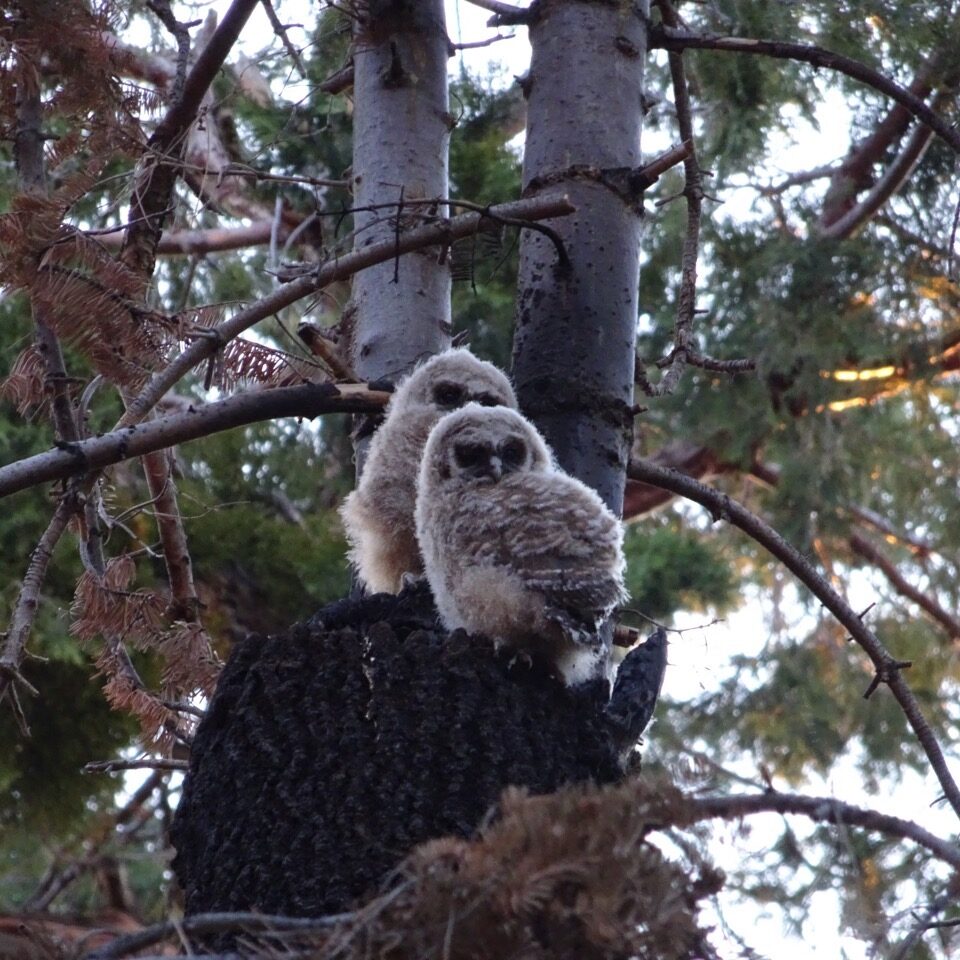
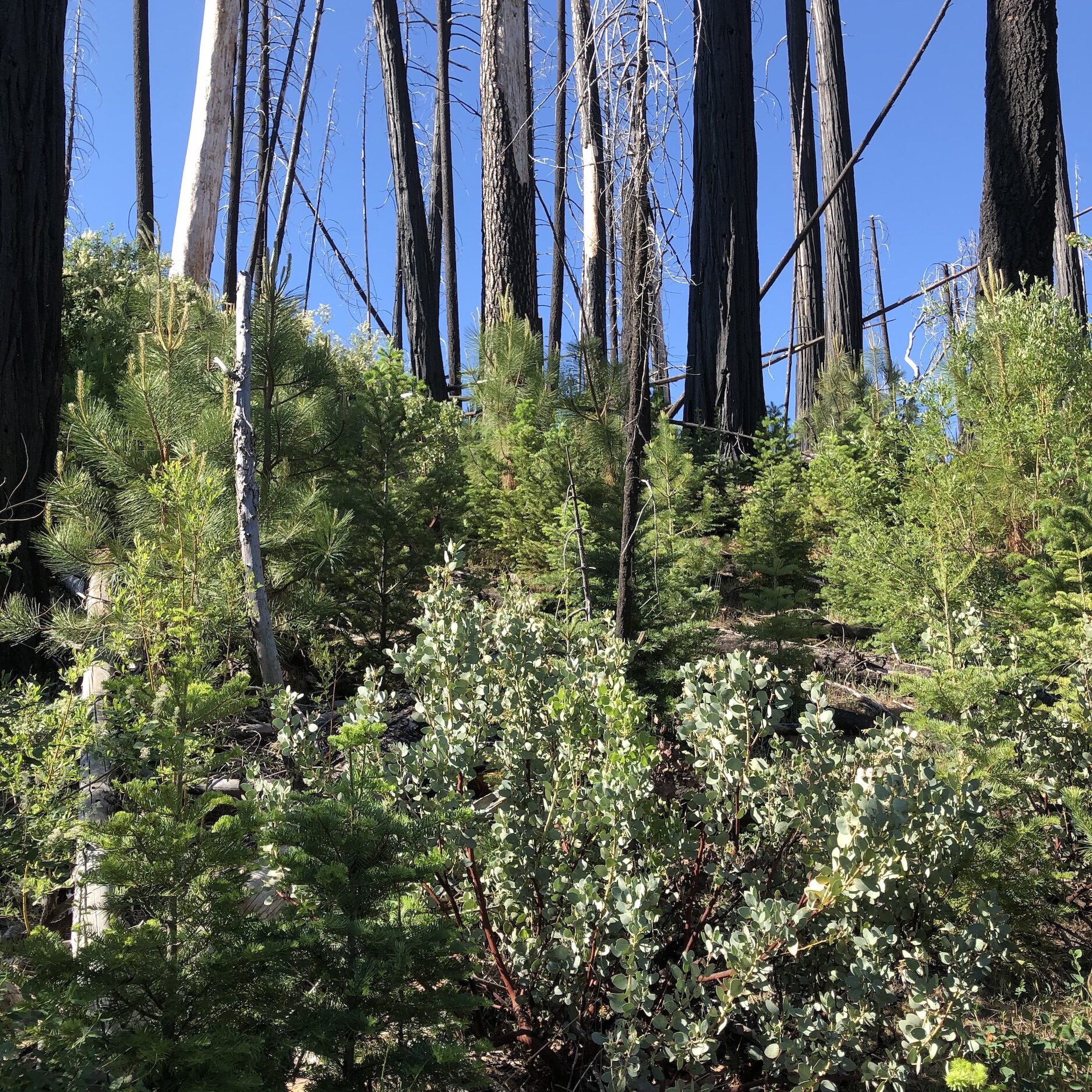
But post-fire logging destroys and eliminates vital spotted owl foraging habitat, causing spotted owl populations to plummet where such logging has occurred, according to studies by JMP and our colleagues, Dr. Monica Bond and Dr. Derek Lee.
JMP's Dr. Chad Hanson and Tonja Chi have also published research debunking the Forest Service's claim that forests do not naturally regenerate in larger high-intensity fire patches-a claim that has been used to promote large post-fire logging and artificial tree plantation projects in prime spotted owl foraging habitat.
Recent studies on spotted owls, wildfires, and logging by JMP and our colleagues:
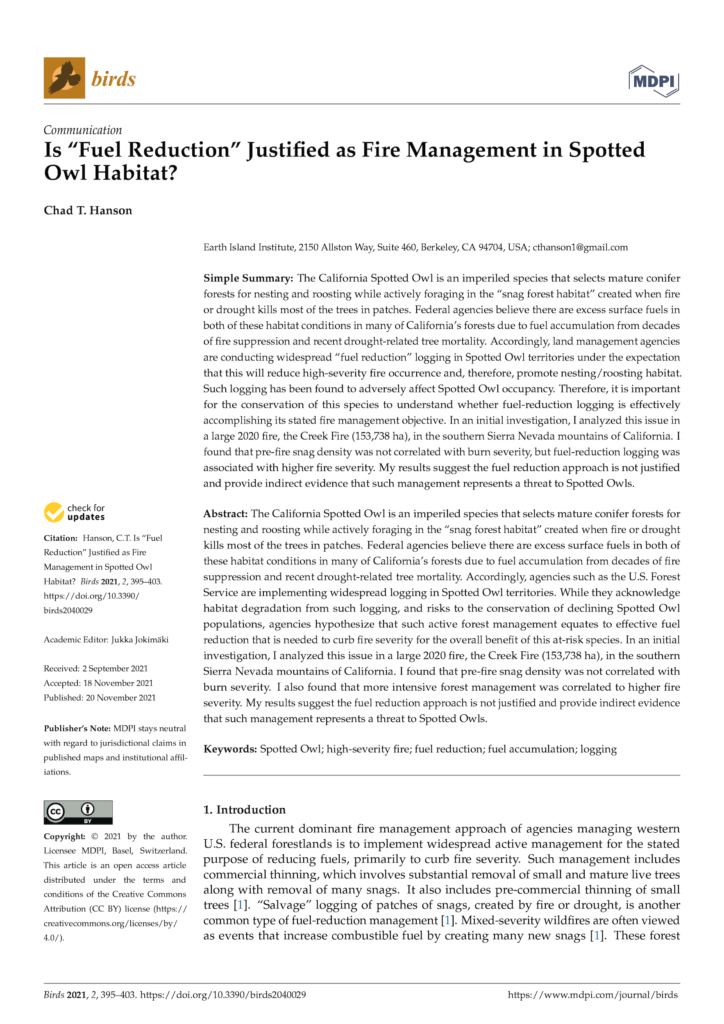
Is "Fuel Reduction" Justified as Fire Management in Spotted Owl Habitat?
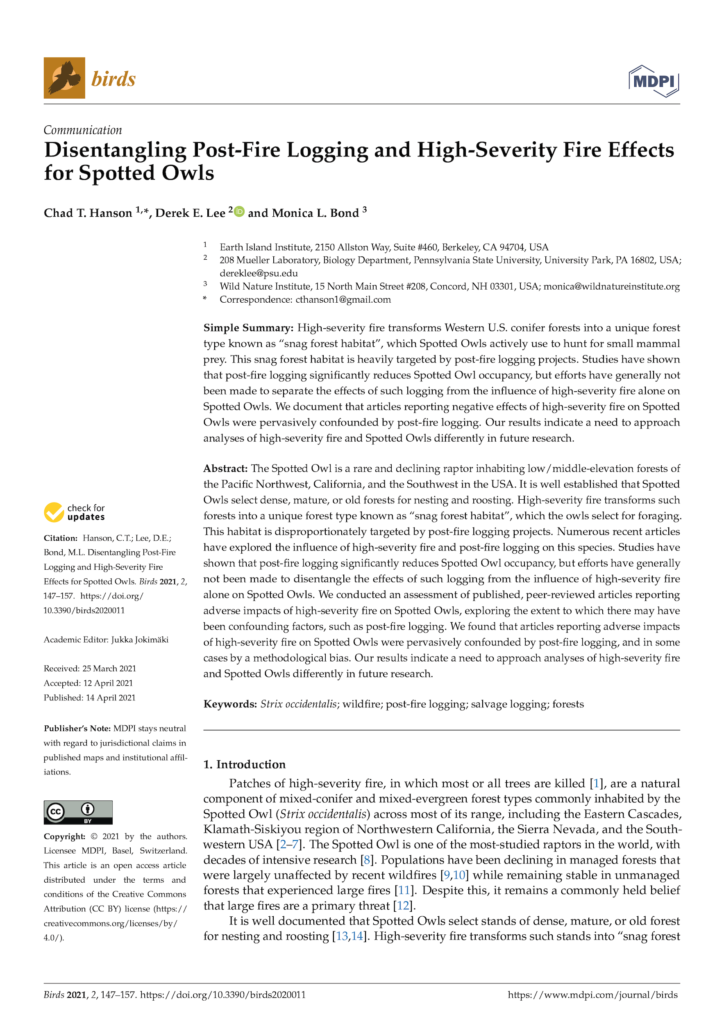
Disentangling post-fire logging and high-severity fire effects for spotted owls
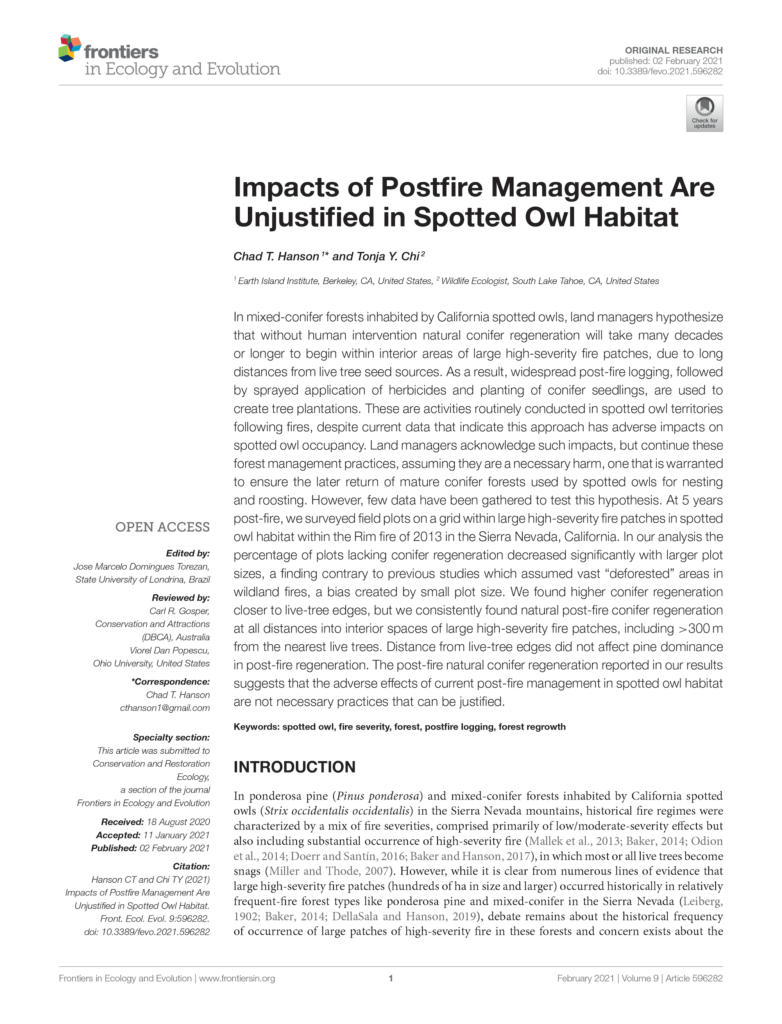
Impacts of postfire management are unjustified in spotted owl habitat

